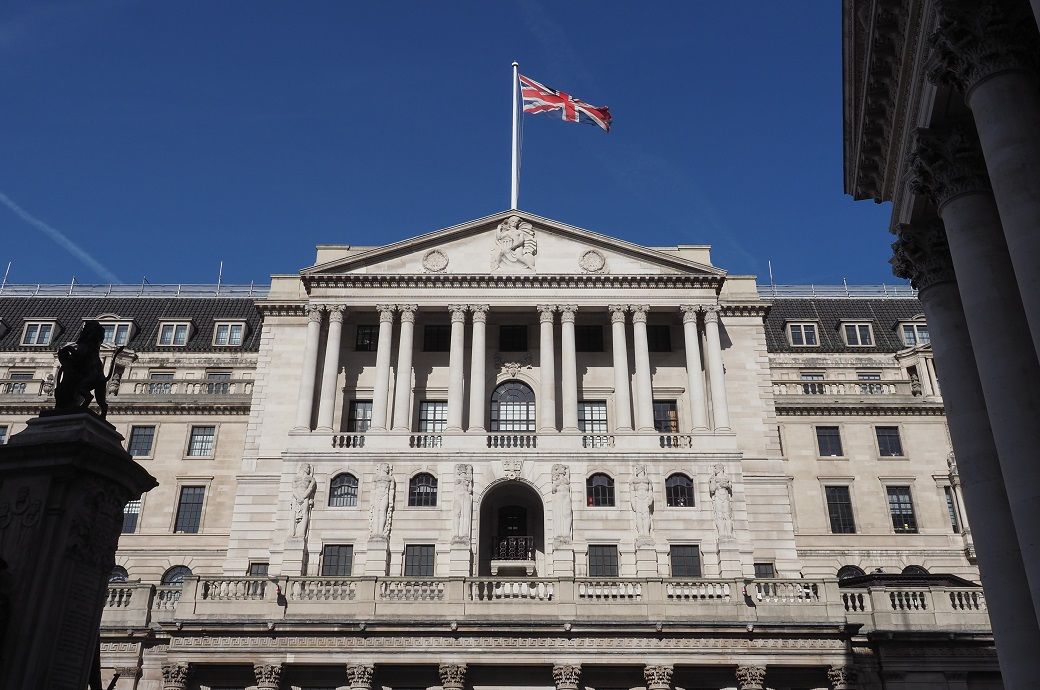
The committee’s decision reflects the continued progress in disinflation, the central bank said in a release.
There has been continued progress in disinflation, particularly as previous external shocks have abated, although remaining domestic inflationary pressures are resolving more slowly, the bank noted.
“Monetary policy has been guided by the need to squeeze remaining inflationary pressures out of the economy to achieve the 2-per cent target both in a timely manner and on a lasting basis,” it said.
Consumer price index-based inflation in the country fell to 1.7 per cent in September, but is expected to increase to around 2.5 per cent by the end of the year as weakness in energy prices falls out of the annual comparison. Services consumer price inflation has declined to 4.9 per cent.
Annual private sector regular average weekly earnings growth has continued to fall but remained elevated at 4.8 per cent in the three months to August.
Headline gross domestic product (GDP) growth is expected to fall back to its recent underlying pace of around 0.25 per cent per quarter over the second half of this year.
The MPC judges that the labour market continues to loosen, although it appears relatively tight by historical standards.
The central bank said it expected the chancellor’s £70-billion of additional spending backed by higher taxes and borrowing to add about 0.5 percentage points to headline inflation and 0.75 per cent to GDP.
The bank’s latest forecasts expect inflation to peak at about 2.75 per cent by the middle of next year and then remain above target in 2026, until falling back in 2027—a full year longer than it had expected in its August forecasts.
Monetary policy will need to continue to remain restrictive for sufficiently long until the risks to inflation returning sustainably to the 2 per cent target in the medium term have dissipated further, the central bank added.
Fibre2Fashion News Desk (DS)